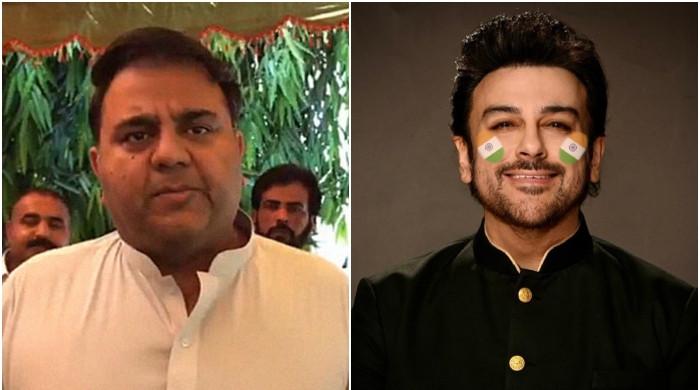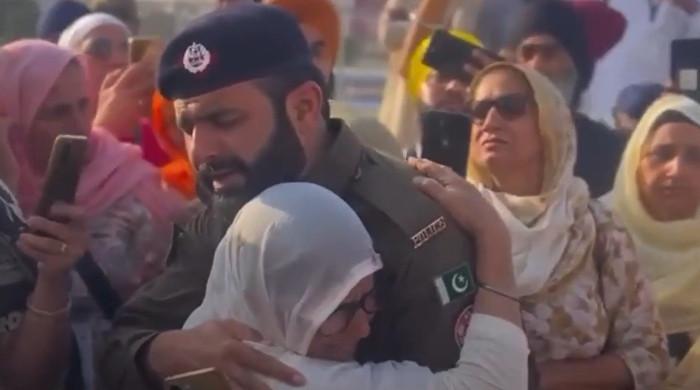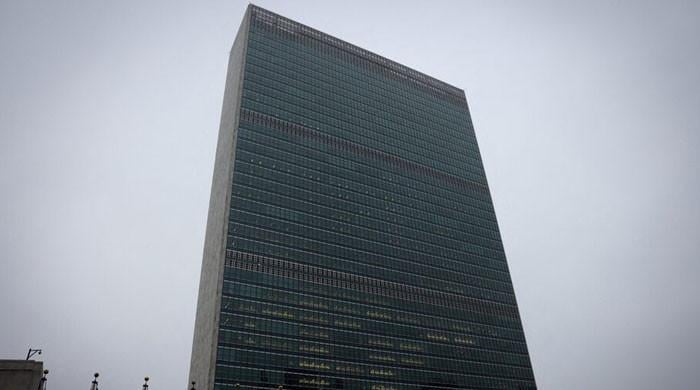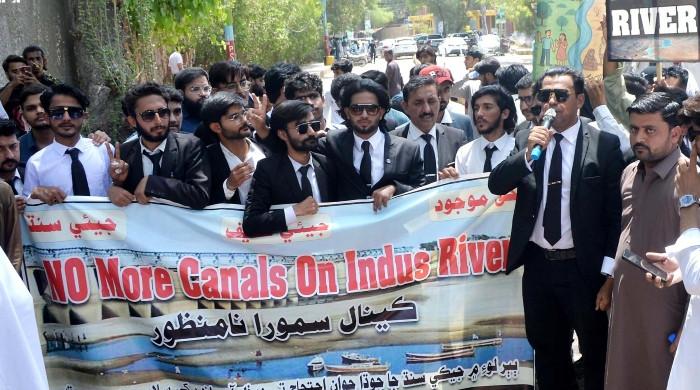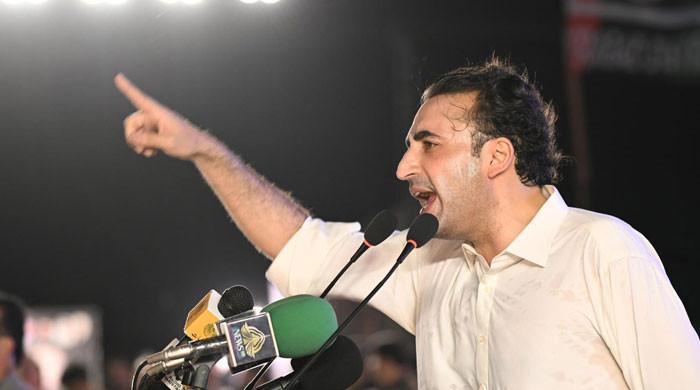As Pakistan-India tensions soar, military ill-preparedness exposes Modi's challenge
Lack of modern weapons, experts say, may lead Modi to choose surgical option — such as limited airstrikes
April 27, 2025
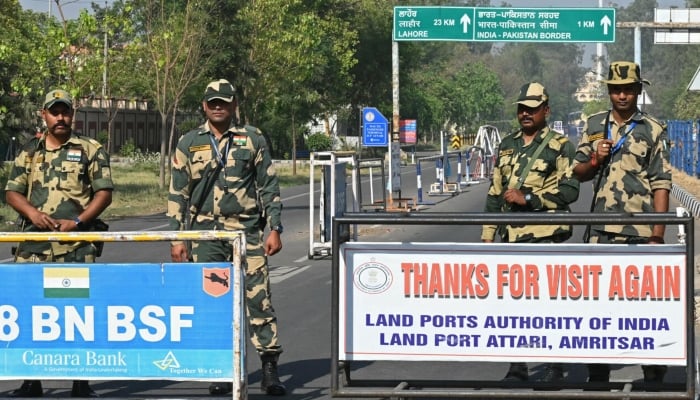
- India has threatened to cut off Pakistan's water.
- India military still under transformation, say experts.
- It "remains far less than" what's called modern army.
Experts caution that despite acquiring new weapons and making defence alliances, India's troops are still ill-prepared for a possible confrontation in the face of escalating tensions, despite the country's rapid military upgrade since its 2019 fight with Pakistan, The News reported.
According to reporters Mujib Mashal and Suhasini Raj's article for The New York Times, Indian officials had to face an uncomfortable truth the last time the tensions between India and Pakistan turned into a face-off. It showed that the massive military of India was bloated, outdated, and ill-equipped to handle any threats that might arise at its borders.
India's modernisation initiatives gained new urgency in 2019 when Pakistan humiliatingly downed an Indian fighter plane. Prime Minister Narendra Modi invested billions of dollars in the military, pushed to increase domestic defence manufacturing capability and sought for new foreign partners for buying arms.
The extent to which those initiatives have had an impact could soon be put to the test.
With India vowing revenge for a deadly terrorist attack in Illegally Indian Occupied Jammu and Kashmir (IIOJK) that it claims was connected to Pakistan, the two countries seem to be on the brink of another battle. The level of tension has increased to the point where India has threatened to cut off the passage of a significant river system into Pakistan, something it has never done before, not even during the decades-long wars between the two nations.
The water decision has been referred to as an "act of war" by Pakistan, which denies any role in the attack in Kashmir.
The slaughter on April 22 of more than two dozen tourists in a scenic valley shocked Indians and put Indian PM Modi under tremendous domestic pressure to strike Pakistan. Analysts warn of the prospect of a protracted and dangerous standoff, with diplomatic channels between the two nuclear-armed countries having withered years ago and global powers now distracted by other crises.
But India, the analysts say, may be restrained by the risk of exposing a military that is still under transformation.
In 2018, a parliamentary report categorised 68% of the country’s military equipment as “vintage,” 24% as current and only 8% as state of the art. Five years later, in an update, military officials admitted that there had been insufficient change because of the size of their challenge.
While the share of state-of-the-art equipment had nearly doubled, according to parliamentary testimony in 2023, it still remained far less than what is called for in a modern army. More than half of the equipment remained old.
These constraints, experts say, could lead Modi to choose a more surgical option — such as limited airstrikes or special forces raids close to the border with Pakistan — that calms public anger, reduces the risk of embarrassing mishaps and avoids escalatory retaliation. The Pakistani government has vowed to respond in kind to any Indian attack.
While public sentiment may help drive Modi to strike Pakistan, India’s democracy could also put pressure on him to ensure that the situation does not spin out of control.
In Pakistan, where the military establishment has long steered the country from behind the scenes, the leadership has a freer hand and may find more domestic benefits from letting the confrontation grow.
India projects confidence that it can easily thwart Pakistan’s military. If that assertion is put to that test, another of India’s neighbours will be watching closely: China.
In recent years, India has considered China a more urgent border challenge than Pakistan, especially after a deadly brawl between their troops high in the Himalayas in 2020 and repeated Chinese incursions into Indian territory. The country’s military leaders have had to prepare for the prospect of a two-front war, a juggling act that stretches resources.
The 2020 confrontation came a little over a year after Pakistan downed the Indian jet and took its pilot into custody. Dushyant Singh, a retired Indian general who leads the Centre for Land Warfare Studies, a New Delhi-based think tank, said that the plane episode had been a wake-up call for the Indian military.
Since then, he said, India has explored “multiple routes” to patch its military holes. It has deployed new missile defence systems acquired from Russia despite American objections, as well as dozens of fighter jets from France and drones, helicopters and missiles from the United States.
With global supply lines increasingly untrustworthy, India has also invested heavily in local production of military equipment, setting up defence industries that, while slow now, will make the military better positioned in the long run.
“Our war stamina has to be of a nature which has to go beyond our existing capabilities,” Singh said.
“These will not give you results just overnight. They will take some time,” he added about the modernisation efforts.
The challenges in modernising India’s military, analysts said, are manifold: bureaucratic and financial, but also geopolitical.
Modi has been trying to streamline the defence procurement process, as well as improve coordination among the different forces, which has proved difficult as turf battles continue. It did not help that one of the key generals Modi had tasked with streamlining the military died in a helicopter crash in 2021.
India’s economy is now the world’s fifth largest, about 10 times the size of Pakistan’s, bringing more resources for the military. But India’s spending on defence still amounts to less than 2% of its gross domestic product, which military experts call insufficient, as the government focuses on the immense needs of its huge population.




